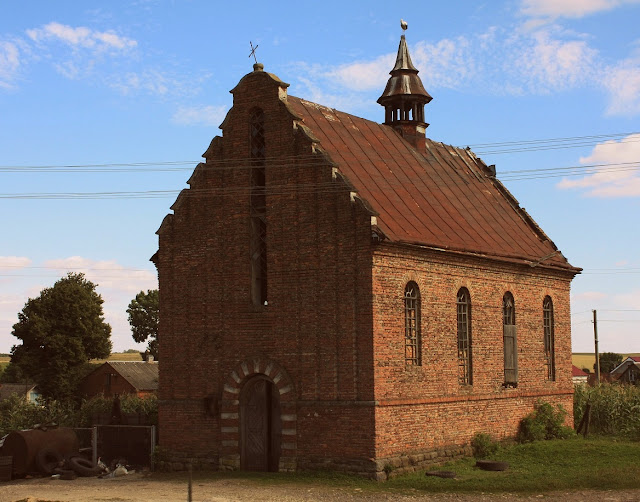Abandoned Kościółs in the Galician Countryside
The makeup of the population of Galicia changed drastically after WWII, one reason being the Soviet-Polish population exchanges in the years right after war, during which most of the Poles that lived in Eastern Galicia moved or were deported to the territory of current day Poland.
The traces of these Polish communities can be found in the countryside, where abandoned Roman Catholic churches (kościół in Polish or kostel in Ukrainian) can be found in many villages.
Under the Soviets, churches and synagogues were re-purposed, used often as warehouses, stables, museums, etc. While some of the Greek Catholic churches were renovated and today are used by the communities for worship, very few kościółs were resurrected as there are few practicing Roman Catholics in the villages.
The traces of these Polish communities can be found in the countryside, where abandoned Roman Catholic churches (kościół in Polish or kostel in Ukrainian) can be found in many villages.
Under the Soviets, churches and synagogues were re-purposed, used often as warehouses, stables, museums, etc. While some of the Greek Catholic churches were renovated and today are used by the communities for worship, very few kościółs were resurrected as there are few practicing Roman Catholics in the villages.
A kościół in a village near Zolochiv
St. Maria Magdalena Kościół (built in 1924) in Vovkiv
During Soviet times the church served as a mineral fertilizer warehouse. In 1993 the first Ukrainian detective series "Zlochyn z bahat'ma nevidomymy" based on a work by Ivan Franko of the same name was filmed in the church.











Nice post and photos, Areta.
ReplyDelete